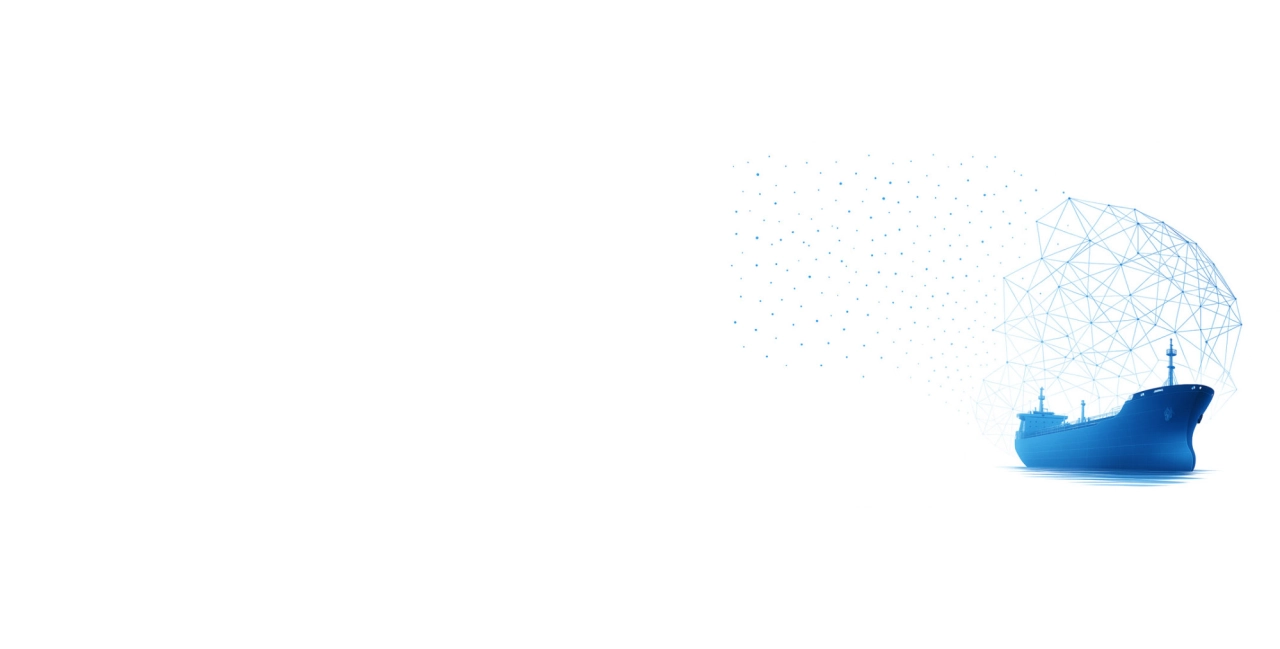
SIRE 2.0
The Future of Vessel Inspections
Supporting the Shipping Industry’s Shift to the Digital Era
On September 2, 2024, the Oil Companies International Marine Forum (OCIMF) launched SIRE 2.0, setting a new standard for tanker inspections.
This updated Ship Inspection Report Programme has now fully replaced the previous system, introducing critical changes that will impact all industry stakeholders.
We have outlined the key changes from a charterer’s perspective and detailed them in our SIRE 2.0 pages below, providing essential insights to navigate the new standards effectively.
Charterer’s Guide to SIRE 2.0
Our SIRE 2.0 pages distil the updates that now in effect, giving charterers a clear, concise reference for understanding the changes and refining their vetting processes with confidence.
SIRE 2.0 FAQs
A Charterer's Quick Reference Guide
Our SIRE 2.0 FAQs aim to answer your questions and enhance your understanding of the new inspection process
The enhanced vessel inspection regime, SIRE 2.0, is now live. To help charterers adjust smoothly, we’ve gathered the most common questions and clear answers in one place.
Here you’ll find:
An overview of the new inspection process
Up-to-date compliance requirements and system capabilities
The key changes report users needed to make before go-live
Practical tips for using the new reports and data formats
Use these FAQs to deepen your understanding of SIRE 2.0 and keep your vetting workflow running efficiently. If you need more detail, our team is on hand to help.

General SIRE 2.0 Questions
SIRE 2.0 went live on Monday 2nd September, 2024.
SIRE 2.0 is the latest tanker inspection regime from OCIMF. SIRE 2.0 is available to all existing users from within their OCIMF SIRE accounts.
No new account set-up will be required to access SIRE 2.0. A user’s existing credentials can be used to access SIRE 2.0 data.
The Human Factor is an Inspection’s focus on the risk aspects of an operation which human involvement may directly affect.
The inclusion of the Human Factor in a SIRE 2.0 Report may lead to additional recommendations and observations being made regarding human elements within an operation, which could ultimately impact your overall vetting process and decision making.
A SIRE 2.0 Inspection comprises four primary types of questions: Core Questions, Rotational Questions, Campaign Questions and Conditional Questions.
An algorithm is used to generate the vessel inspection questionnaire from a comprehensive question library based on various criteria and input data. This questionnaire, called the Compiled Vessel Inspection Questionnaire (CVIQ), is then be used by the inspector to conduct the inspection.
The CVIQ replaced the current VIQ7.
The SIRE 2.0 inspection regime will initially apply exclusively to tankers (SIRE category 1).
The VIQ7 question set is not included in a SIRE 2.0 Inspection.
To support users in understanding how elements of VIQ7 are integrated into the SIRE 2.0 Question Library, OCIMF released a detailed document titled “SIRE 2.0 – VIQ7 Comparative Analysis” in January 2022 as part of the SIRE 2.0 initial release package. This document provides further insights.
Working with the new SIRE 2.0
Yes. SIRE 2.0 Reports will be purchased through a SIRE user’s SIRE account.
SIRE Inspection Reports remain valid for 12 months from their publication date. This hasn’t changed with the move to the new SIRE 2.0 inspection regime and SIRE reports still within the 12-month window remain valid.
SIRE 2.0 Inspection Reports are valid for 12 months.
Yes. The SIRE 2.0 Inspection Report will be provided in a PDF format. Previously, Inspection Reports were made up of c25-35 pages. However, due to the increased data now captured, a SIRE 2.0 Inspection Report is expected to exceed 70 pages.
Due to the increasingly thorough nature and the granularity of the data now collected, the pre-inspection preparations the vessel operator and Inspector must undertake prior to a SIRE 2.0 Inspection may increase the time to final submission.
Each SIRE 2.0 Question must be addressed using the designated response tools. The Hardware, Processes and Human response tools assigned to a single question may all lead to one or more negative observations.
In the context of SIRE 2.0, a Positive Observation specifically refers to instances where an observed person’s (OP) demonstration or explanation of a task surpasses normal expectations.
A Positive Observation comment will be identifiable in the final Inspection Report by its distinctive green highlighted text, contrasting with the red text used for Negative Observations.
It is important to note that the Hardware and Process response tools do not include Positive Observations.
Yes. Photographs either supplied by the Operator prior to the Inspection or captured by the Inspector during the Inspection will be provided in the final Report.
Vetting System users should ensure their systems are updated to include the new data type.
Reviewing a SIRE 2.0 Report
While a vetting system won’t cease to function following the launch of SIRE 2.0, the company must address several factors to ensure it remains fit for purpose. These include:
Ensuring the current vetting system can accept the new data fields and types.
Updating vetting policies and processes to include the new data fields and types in the decision-making process.
The option for users to complete a manual review of a SIRE 2.0 Report will still be available. However, the new data now provided will result in increased Report size and granularity, meaning the use of an automated vetting system to support a user in their review will be beneficial.
OCIMF does not stipulate how a Report should be evaluated.
A manual review of a SIRE 2.0 Report is still possible, but the increased data and granularity may benefit from using a vetting system for support.
The introduction of the new question types and observation categories significantly supports the effectiveness of your vetting policies in your decision-making process.
This broader range of questions will enable more accurate risk assessment and in-depth root cause analysis of issues, allowing for further refinement of vetting policies for future vets.
The underlying data structure of SIRE 2.0 Inspections are significantly different to those of traditional SIRE Inspections, and existing SIRE-compatible integrations will need to be updated in order to ingest SIRE 2.0 Inspection data.
The exact time required to set up a vetting system depends on several factors, including the size, scope and requirement of the operation, the level of customisation required, and the availability of resources.
MIS Marine’s flagship vetting platform, Mainstay, provides a turnkey option for marine assurance teams that wish to include SIRE 2.0 Inspection data as part of their vetting process. Recent onboarding evaluations highlight rapid implementation timelines, from initial planning to system go-live.
If you have a question about SIRE 2.0 that isn’t answered in our guide or need support with your SIRE 2.0 vetting operation, complete our form and we’ll be in touch:


